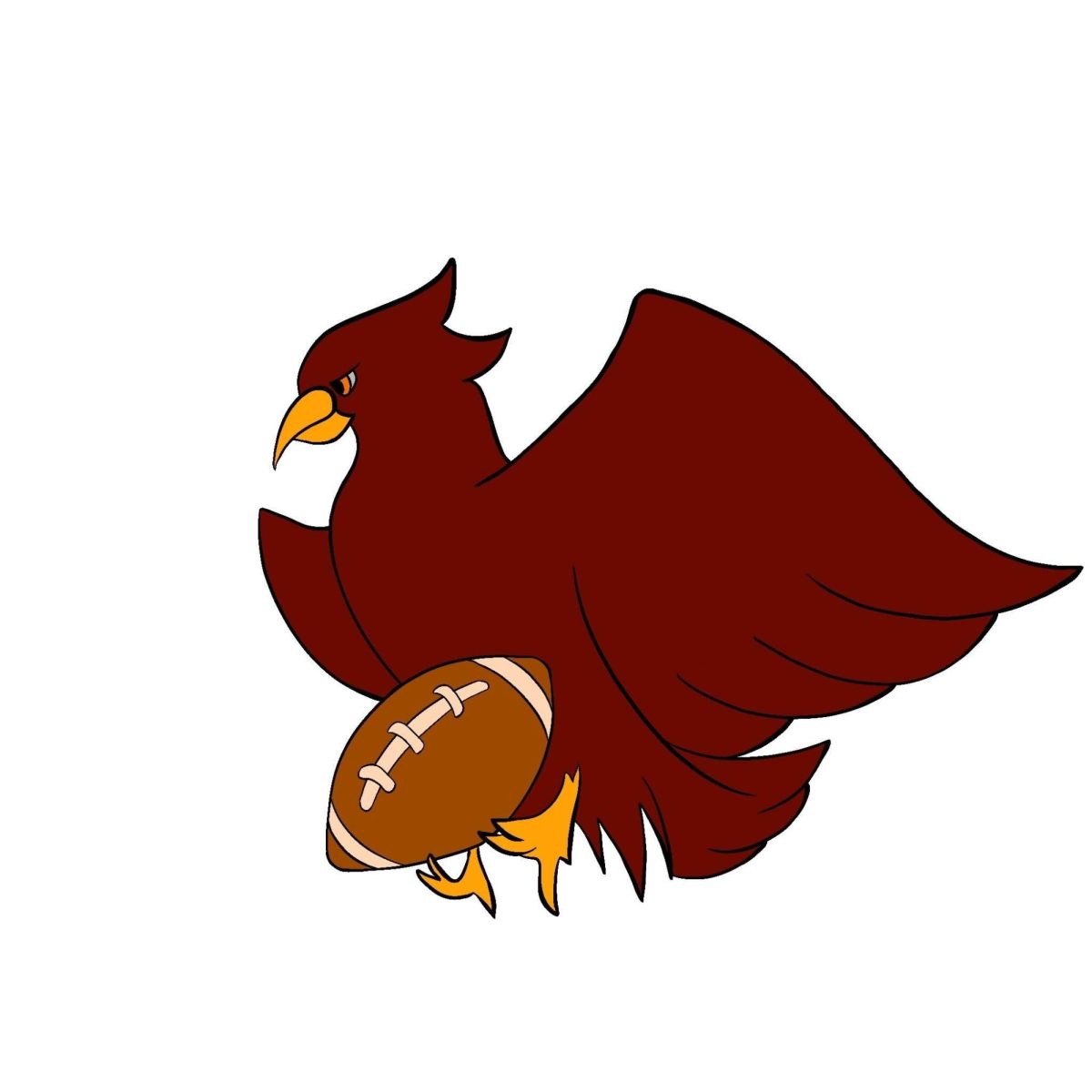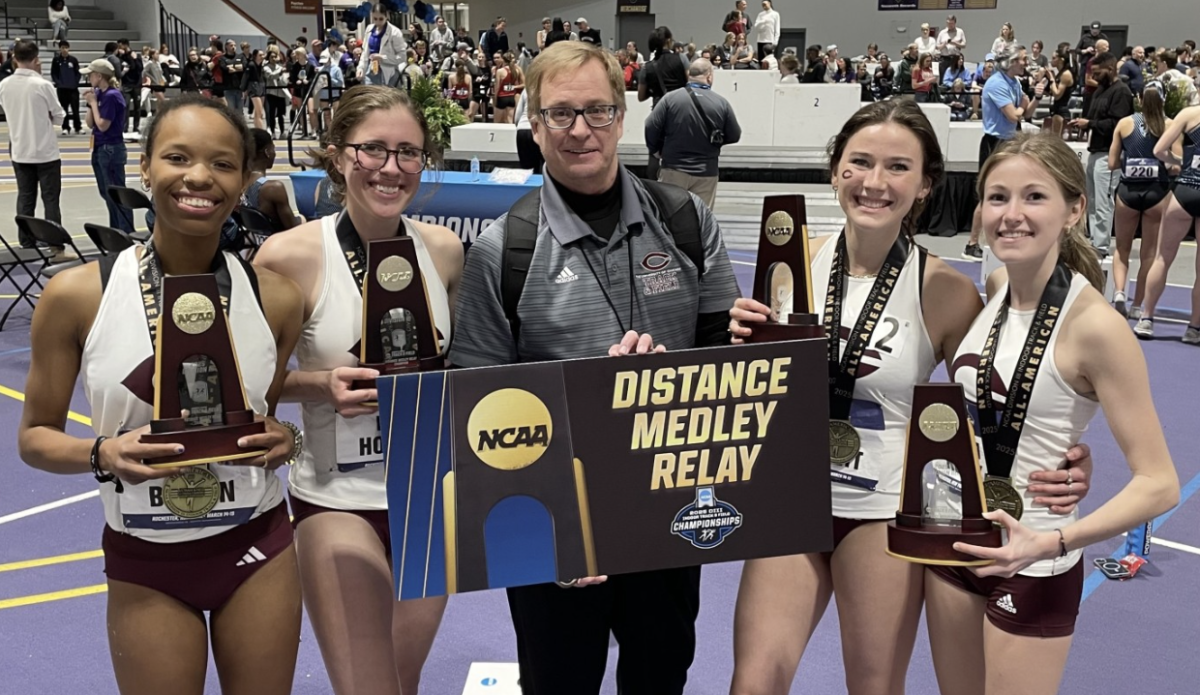Whether you are a first-time runner or it is a part of your daily routine, knowing proper runners’ etiquette will ensure you have a safer and more fun run!
Runners’ etiquette is often dependent on your location. I am from a small farm town and usually run on the side of country roads and highways, but in Chicago I would never run anywhere besides on a trail designated for running, or on a sidewalk.
What direction to run in on streets: If you are running on a street and there are no sidewalks, run in the opposite direction of traffic. You will be able to see cars coming toward you, which ensures you can see oncoming traffic, and the driver can also see you. This is especially important if you are listening to music while running as you’ll likely be unable to hear cars coming, but that’s okay because you can see the car coming.
Running on a sidewalk: If running on a sidewalk, there are not too many rules to follow, but the biggest courtesy is to let people know you are coming up behind them. Most of the time, people will move out of your way if you give them a warning. By simply shouting “on your left” or “on your right!” at least 10–20 seconds before you approach the pedestrian, you give them enough time to move out of your way. People sometimes get startled when a runner is coming up behind them and they do not hear them. By just yelling these quick little statements you ensure a positive interaction between you and any pedestrians.
Trail running: When running on a bike/walking trail, such as the Lakefront Trail, it is important to run on the designated running/walking side of the path. This avoids collisions with oncoming bikers. While it is courteous on sidewalks to let runners or walkers know that you are on their left or right, it is less important to give this heads-up on a trail such as the Lakefront because it is fairly spacious. However, if it is a crowded day, then it is safer to use these warnings to avoid any type of collision or unpleasant interaction. If you do happen to live in a rural area where you can run on the side of the road or a highway, make sure to run at times when there is the least amount of traffic. Run in the opposite direction of the car, so both the runner and car can see each other. If a car is coming toward you, I recommend from personal experience just giving them extra space and moving to the side more because you do not know if there is another car coming toward them on the other side of the road. Also, some cars are not the most courteous to runners or unaware of how much space to give them, so I always say better safe than sorry and just give them more space.
When to stop: At stop signs, traffic lights, or other intersections of traffic, ALWAYS STOP. Even if you have the right of way, always stop because the number of people who do not pay attention while driving seems to always be higher than people who are paying attention. I have had my fair share of near-death experiences, especially in Chicago, because I assumed cars would stop for me, and they did not. If you have the walk signal, make sure you always look both ways, and then proceed across the street. If you do not have a walk signal, then do not cross.
Crosswalks: Depending on how big the crossing is and how quick you are, it is okay to cross when the crosswalk signal is blinking between walking and not walking. However, I recommend just stopping and waiting for a walk signal. At stop signs, if the car gets there before you do, let the car proceed across the intersection first. If you get there at the same time as the car, usually the driver will communicate with you to cross. If they do not, just let them go first. If you get to the stop sign first, still stop, make sure the car sees you, and then cross. Even though cars are supposed to stop at yield to pedestrian signs, they rarely do. Always stop at yield to pedestrian signs, and only if the car yields for you or traffic is clear, proceed across the intersection.
Drivers and bikers: In order for runners’ etiquette to work it is also important for vehicles and bikes to be courteous to runners! If there are any collisions between a runner or vehicle, or runner or bike, the runner is always at the disadvantage because they have no protection. As a driver, just be aware of runners, let runners pass at stop signs and yield to pedestrian signs, and give them space when you are sharing the road. My rule of thumb as a driver is to always drive how you want people to drive when you are on a run. In regard to bikers, usually runners and bikers just interact on shared paths and trails. Just as runners should give heads-up to people they are approaching from behind, bikers should do the same, along with staying on their side of the path.
Now that you know these simple rules to runner’s etiquette, it’s time to lace up your shoes and go for a run!







